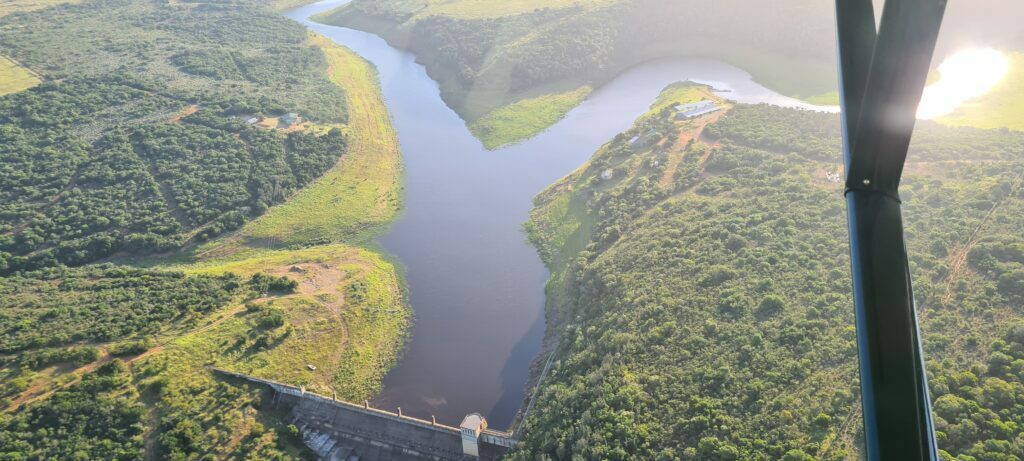By PHILIP MACHANICK, Makana Citizens Front Proportional Representation councillor
For those in Makhanda in 2019, a scenario where the west side of town gets no water from the east and local dams are drying out is all too familiar.
In January 2019, in a meeting in City Hall, Rhodes University threatened to send its students home if Makana could not guarantee at least 10Mlitre/day (the rated capacity of the east-side plant, James Kleynhans). The present east-west transfer line was initially used to supply the east from Waainek before James Kleynhans was complete in 1992.
Converting it to supply the west was in two phases: a pump station to reach Intermediate, which left areas dependent on the high-level reservoir on the west depending on Howieson’s Poort, a small dam even for such a limited part of the city. The next phase was a pump station taking water to the high level. This should have solved the problem if a moderate level of water-saving was enforced. Previously, the two plants produced 18Mlitre/day when fully functional. Losing Waainek dropped supply by 8Mlitre/day, about 45%.
Unless there is a truly enormous amount lost to leaks (and possibly there is – it’s hard to diagnose without facts), reducing water consumption by around 50% is easily achieved with moderate water rationing. But that takes us to the other problem: many meters have not been read for years. Even with zonal meters to work out where bulk supply splits off to different areas, if we are not reading individual meters, we can’t be sure where the big wastage is happening. There is a suggestion that toilets flushing continuously in Joza are a big part of the problem. Still, the east was just fine before 2019, using 55% of the overall water supply and must be home to a much higher fraction of the population than that.
Some of these problems have been going on for years. The one significant area of improvement is that we have not recently had an E.coli outbreak, indicating that water treatment is being done correctly. However, regular test reports would be good for reassurance.
Then there is the massive upsurge in leaks. This is not normal. Yet we are not getting any reports on why and how to stop it.
What we desperately need is an assessment by an outside expert or experts. Questions I would like to see answered:
• Why has is it taking so long to fix the Worcester Street break? What are alternatives being explored?
• Why are there so many pipe bursts? Are valves shut off and opened slowly enough to avoid hydraulic shock (also called water hammer)? This can be a factor when closing part of the system for repair or during on-off water switchovers.
• Is the James Kleynhans project really on track to deliver? Every time there is a published completion date, it’s later – and the last upgrade project failed. What are the causes of delay, and what can be done to prevent further delay?
• Why is Waainek producing sporadically? Turbidity was never an issue before. Are all the filter beds in use? If not, why not? Why aren’t any additional or backup pumps in place? What is being done to remedy this? Is the plant in good shape to use Settlers water now that the dam is at least slightly topping up (some say it’s up to 30%)?
• And finally: why are we risking losing the goodwill with Eskom that exempted water infrastructure from load shedding by reneging on the payment plan?


